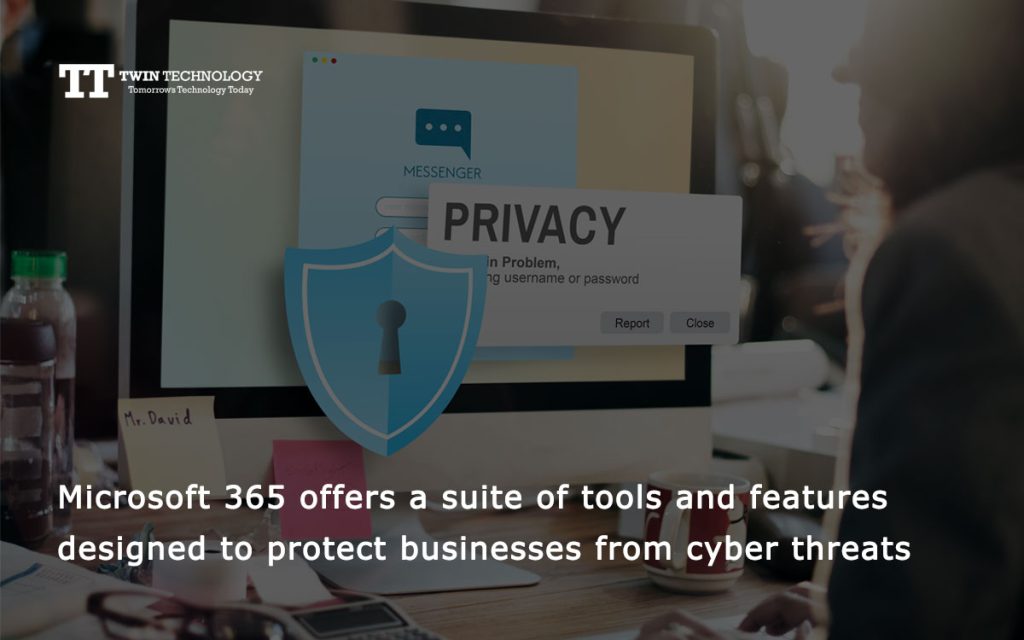Here are six examples of how it does so:
1. Advanced Threat Protection (ATP):
ATP in Microsoft 365 includes features like Safe Attachments, Safe Links, and anti-phishing protection. Safe Attachments protects against unknown malware and viruses by checking email attachments in a virtual environment before they’re delivered to recipients. Safe Links scans URLs in emails and documents to block malicious links. Anti-phishing protection uses machine learning models to detect attempts to impersonate users and domains.
2. Multi-Factor Authentication (MFA):
MFA requires users to provide two or more verification methods to gain access to resources, which significantly reduces the risk of unauthorized access due to compromised credentials. Even if a password is stolen, unauthorized users would still need a second form of authentication.
3. Data Loss Prevention (DLP):
DLP policies help prevent sensitive information from being shared outside of the organization. Microsoft 365 can identify, monitor, and protect sensitive data through deep content analysis.
4. Mobile Device Management (MDM) and Mobile Application Management (MAM):
With Microsoft’s Intune, businesses can manage and secure their employees’ mobile devices and applications. MDM allows for the enforcement of security policies on devices, while MAM controls the data within apps, providing protection for company data on personal devices.
5. Encrypted Email:
Microsoft 365 includes email encryption features that allow users to send encrypted emails, ensuring that only intended recipients can read them. It helps protect sensitive data in transit and at rest and is essential for compliance with regulations like GDPR, HIPAA, etc.
6. Conditional Access Policies:
These policies provide granular control over how and when users can access resources. For example, you can set policies that require users to be on a secure network, use compliant devices, or restrict access based on risk levels or user behaviours.
These features, along with regular security updates and user education, form a robust defence against a wide range of cyber threats for businesses using Microsoft 365.
These features, along with regular security updates and user education, form a robust defence against a wide range of cyber threats for businesses using Microsoft 365.




